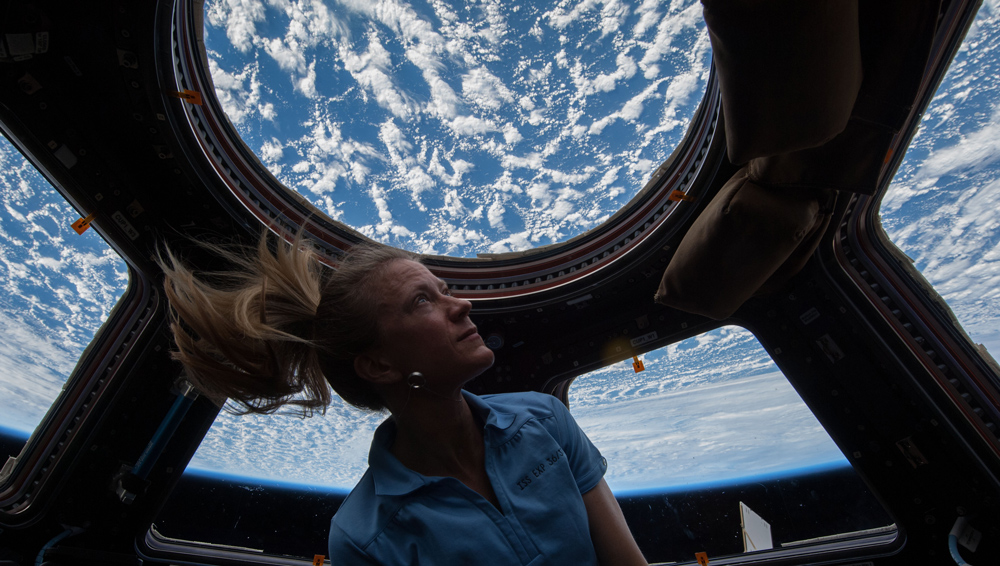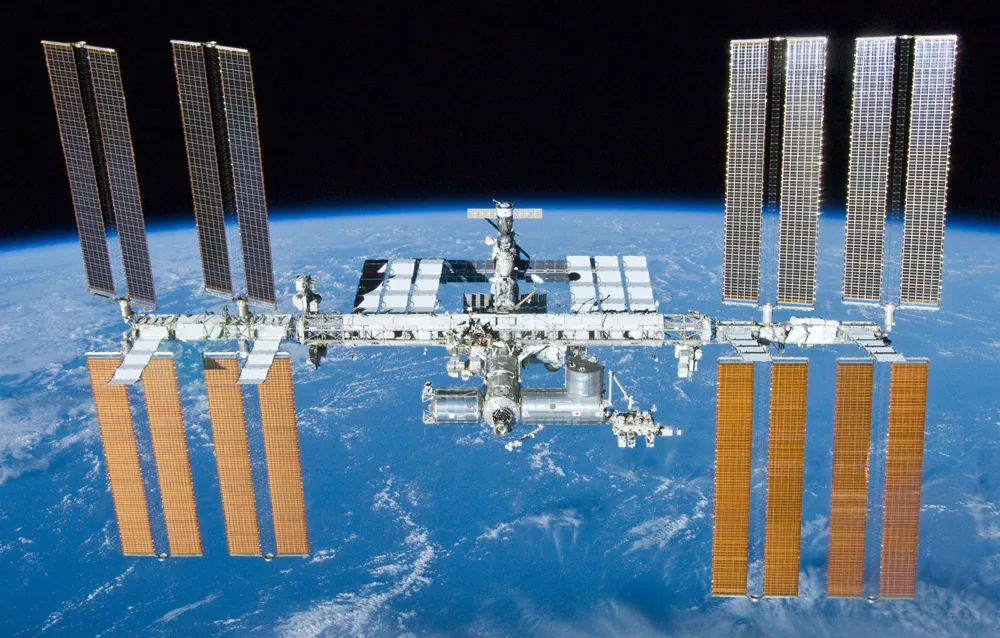Ever since we turned our eyes upwards as a species, we have dreamed of going to space. That infinite expanse of possibility has delighted our imaginations more still as we have sent men and women out to study and explore what exists beyond our atmosphere. But ever since Yuri Gagarin became the first person in space in 1961, there have only been 535 others who have followed in his wake. When you compare that to the approximately 7 billion people who would like to go to space, you are faced with a classic supply and demand problem.
That is where CASIS and Deep Space Industries come in. Teaming up with Thrillbox for distribution, the two organizations are teaming up to put a 360 camera on the International Space Station to capture video that CASIS that will be repurposed for public consumption. The spherical video will give users a unique glimpse inside the tight quarters of the space station.
“The space station is packed with equipment, literally in every direction. Gear is built into the walls, embedded in the floor, and tucked into the ceiling,” said David Gump, DSI Vice Chair. “The spherical video captured during a float through will enable people to look everywhere, as they would if they were up in the station themselves.”
And it isn’t just the space station itself that Gump wants to capture, “in phase two,” he says, “we would like to take a spherical video camera outside of the space station, attached to a robotic arm, or to a crew member, or maybe on a tether so it can get a view of the Earth and the space station together.” Until then, they intend to make full use of the big window on the ISS.

Previously, SpaceVR raised over $113K on Kickstarter to send a 360º camera into space, releasing the footage they capture on a subscription basis with an option for an unlimited content subscription for $50. CASIS, Deep Space Industries, and Thrillbox are choosing to go a different route, “we are discouraging the monetization of this content using a subscription model,” says Benjamin Durham, Co-Founder and CEO of Thrillbox, “as access to space-based content should be universally accessible.” As of right now, pricing and monetization strategies are still being discussed, for example the team is actively exploring “bundle deals” with the major HMD companies.
SpaceVR is currently targeting “September 2016,” release date for it’s content, according to the Kickstarter. CASIS and DSI are targeting a similar release time frame, perhaps triggering a modern space race of sorts between the two groups. It will be interesting to see who makes it first, but it will be even more interesting to see who makes it best.
In July 2011, NASA selected CASIS to maximize use of the ISS U.S. National Laboratory through 2020. CASIS’ mission “is to maximize use of this unparalleled platform for innovation, which can benefit all humankind and inspire a new generation to look to the stars.”






























